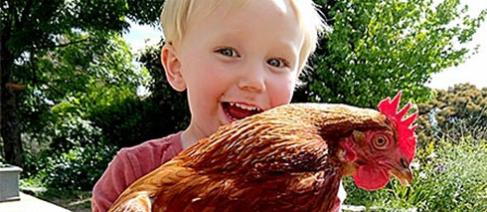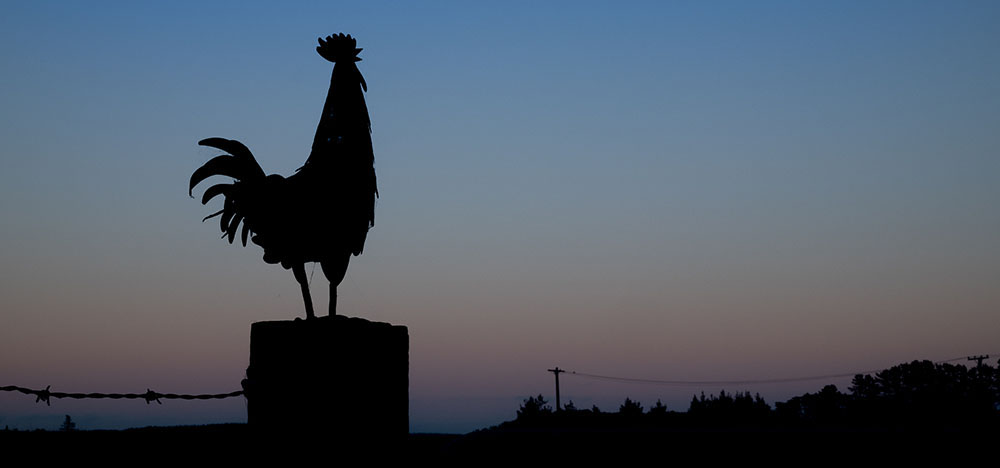
About bird flu
What is bird flu and how does it spread.

What is bird flu and how does it spread.

Staying safe when handling birds.

Simple steps you can take to help protect your backyard poultry and other birds.

On-farm biosecurity measures for poultry producers.

Vets play a critical role in early detection and reporting of bird flu.

Information for wildlife carers and how the community can help protect Australia's unique wildlife.
Learn about our surveillance programs and how the government is preparing.
Resources to educate and raise awareness of H5 bird flu.

Whether you keep one chicken or a whole flock, Poultry Post is your go-to newsletter for biosecurity tips, H5 bird flu updates and expert advice to keep your birds safe.
The Albanese Labor Government continues to ramp up preparedness for H5 bird flu with the release of a new independent study on the risks to Australia’s dairy industry.
Testing has confirmed the presence of the H5 high pathogenicity avian influenza (H5 bird flu) in samples collected from southern elephant seals on Heard Island – a sub-Antarctic Australian external territory.
Australia’s three Chiefs of biosecurity have come together to mark One Health Day, reminding all Australians of the shared responsibility to safeguard our world-renowned biosecurity status.
If you notice multiple sick or dead birds or other animals, you should not touch them or get too close. Record your location and report it to the 24-hour Emergency Animal Disease Hotline on 1800 675 888.